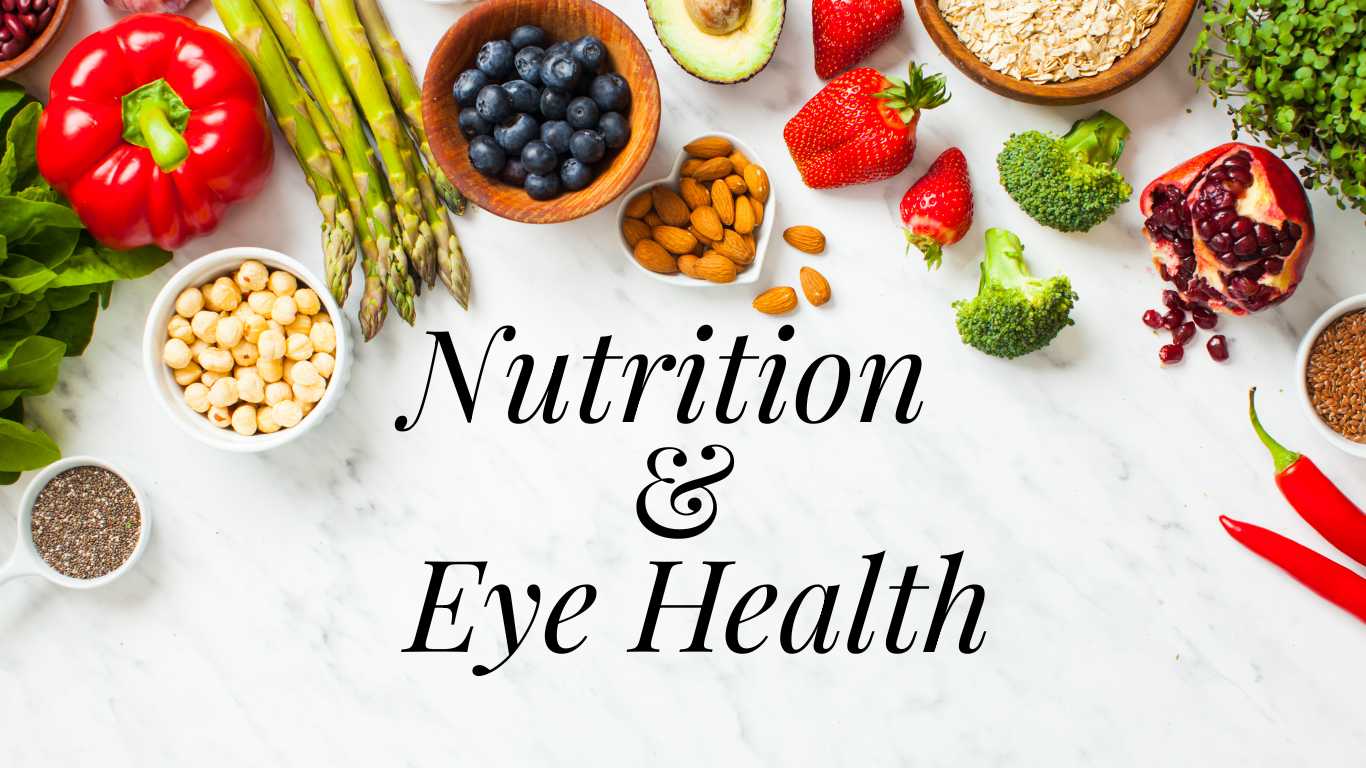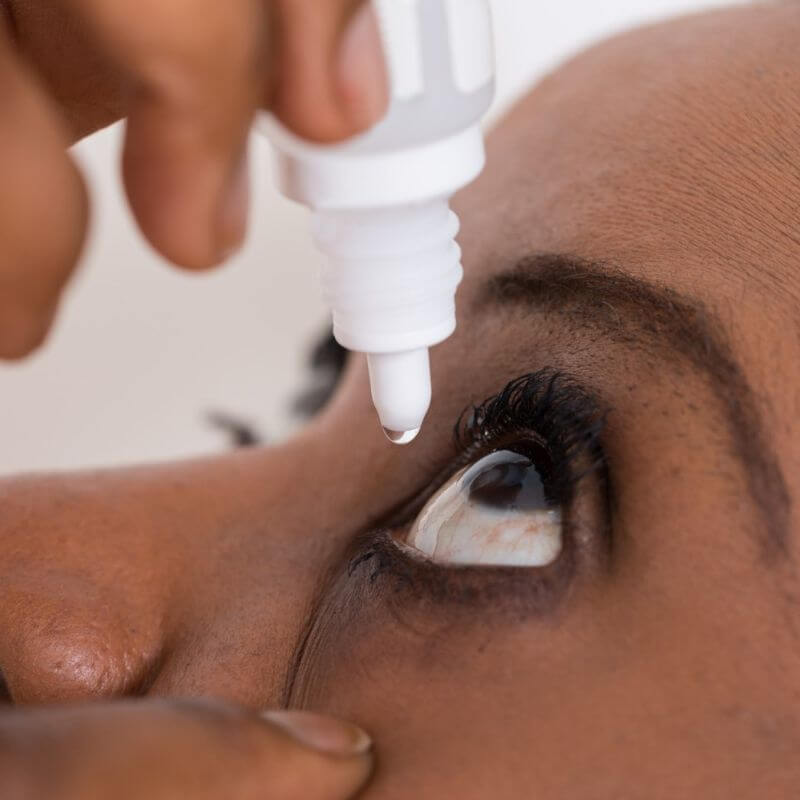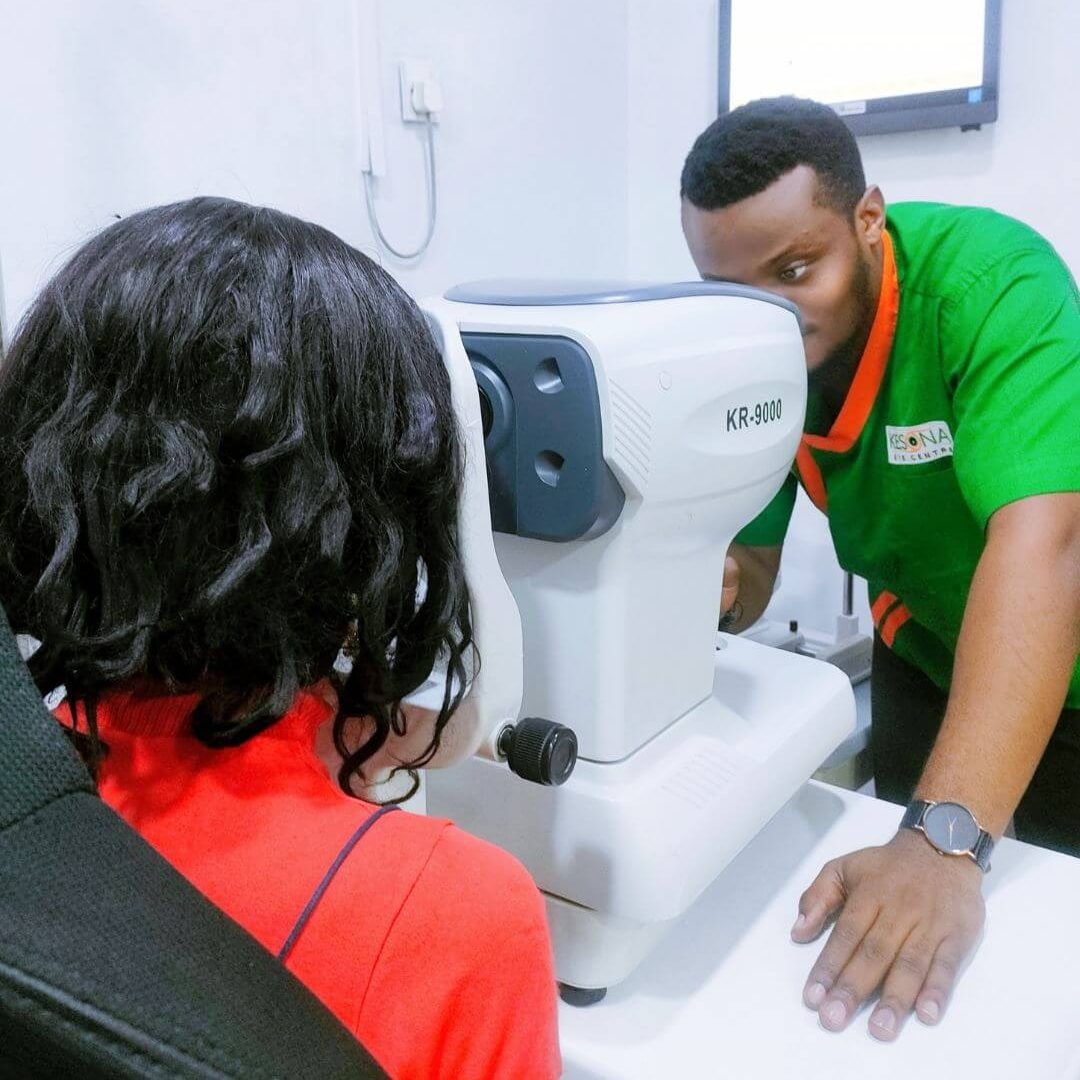Many people are aware that there are different types of eyeglass lenses, but often aren’t sure which is best for their needs. Below, we’ve outlined the most common types we recommend and when they are most appropriate.
Lenses are transparent optical devices that alter the path of light to help improve vision or visual comfort. When fitted into a frame and worn in front of the eyes, they are called eyeglass lenses.
We recommend eyeglass lenses to:
-
Improve vision and reduce discomfort from refractive errors, focusing problems, and eye coordination issues such as myopia, hyperopia, astigmatism, presbyopia, and binocular vision disorders.
-
Protect the eyes and reduce discomfort caused by screen glare, light sensitivity, and environmental hazards.
To make things easier to understand, we have grouped eyeglass lenses into three categories. These categories are not mutually exclusive, as some patients may be prescribed lenses that fall into more than one group:
- Lenses for Vision Correction
- Lenses by Material Type
- Lenses for Eye Protection
1. Eyeglass Lenses for Vision Correction
Single Vision Lenses
These lenses have one consistent prescription throughout. They are ideal for:
- People who need a single prescription for all distances (e.g., young patients with myopia, hyperopia, or astigmatism).
- Presbyopia patients who need correction for just one distance (near or far).
Bifocal Lenses
Bifocals have two different prescriptions separated by a visible or invisible line:
- The upper part helps with distance vision.
- The lower part assists with near tasks like reading.
They are suitable for people (especially those with presbyopia) who need help seeing both near and far.
Varifocal (Progressive) Lenses
These lenses have multiple prescriptions blended seamlessly, with no visible lines:
- They correct vision at all distances—far, intermediate, and near.
- Ideal for presbyopia patients who want a more natural transition between distances.
2. Eyeglass Lenses by Material
Regular Plastic Lenses (CR-39)
- Widely used and affordable.
- Lighter and more impact-resistant than glass but thicker than other plastics.
- Best for low to moderate prescriptions.
Impact-Resistant Lenses (Polycarbonate & Trivex)
- Thinner and lighter than CR-39 lenses.
- Shatterproof and provide 100% UV protection.
- Recommended for children or anyone exposed to physical risks that could cause lenses to break.
High-Index Lenses
- Made with advanced plastic that bends light more efficiently.
- Thinner and lighter, even with strong prescriptions.
- Ideal for those with high refractive errors who want sleek, lightweight lenses.
3. Eyeglass Lenses for Eye Protection
These lenses may or may not have vision correction, but are treated to protect your eyes from digital screen glare or sunlight.
Anti-Reflective (AR) Coated Lenses
- Reduce reflections and glare from lights and screens.
- Improve clarity and comfort, especially in bright environments.
- Highly recommended for anyone who uses digital screens regularly.
Blue Light Filtering Lenses
- A step up from basic AR lenses.
- Reduce blue light exposure from screens, which can cause eye strain and affect sleep.
- Ideal for frequent screen users, especially at night.
Photochromic Lenses (Light-Adaptive)
- Clear indoors and darken automatically in sunlight due to a chemical reaction.
- The level of darkness adjusts based on UV exposure.
- Offer full-time comfort and protection, especially when combined with AR coating and blue light filters.
UV Protection Lenses
- Block harmful ultraviolet rays.
- They may come with built-in UV filters or be treated with a UV-blocking coating.
- Recommended for individuals who spend a lot of time outdoors. Often paired with other protective treatments.
Need Eyeglass Lenses? We’re Here to Help
Visit our clinic to get the best eyeglass lenses for your needs.
For inquiries, call or chat with us at 09134343630.
Click here for more ways to reach us.


